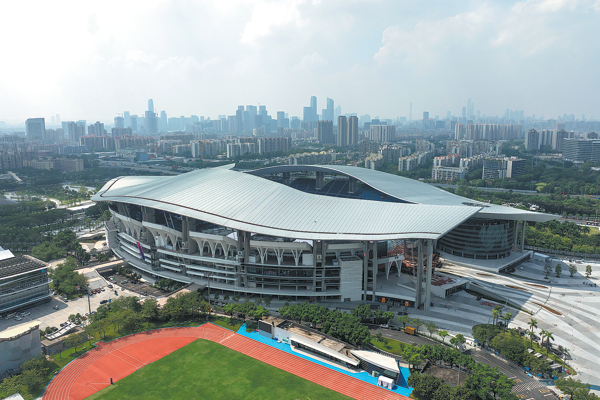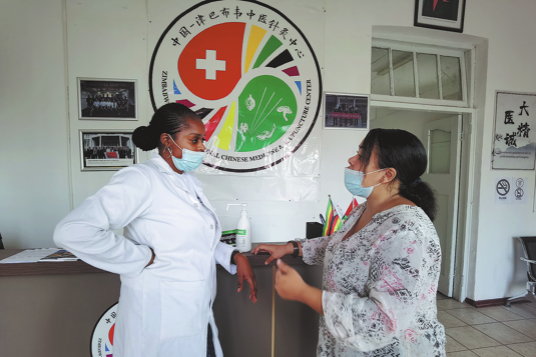Action taken to clean up Poyang


Jiangxi environmental regulation targets phosphorus pollution in freshwater lake
Jiangxi province has taken a step toward protecting the water quality of Poyang Lake by introducing the country's first local regulation aimed at preventing and controlling phosphorus pollution in a lake.
It came into effect on Monday.
Poyang Lake, situated in the middle and lower reaches of the Yangtze River, is the largest freshwater lake in China.
It serves as a crucial wintering ground for hundreds of thousands of migratory birds, including over 95 percent of the world's white cranes, who flock to the lake from October to March, and is also home to endangered species like the Yangtze finless porpoise, according to the Jiangxi Poyang Lake National Nature Reserve.
Under the new regulation, the use of phosphorus-containing detergents is prohibited in catchment areas that have a significant impact on water quality, particularly in lakeside regions where the total phosphorus concentration exceeds the standard.
The regulation also outlines the responsibilities for pollution prevention and control, as well as the need for coordinated efforts to address related issues. The main concern in Poyang Lake revolves around elevated levels of phosphorus. However, in recent years, there has been a gradual decline in the concentration of total phosphorus, from 0.082 milligrams per liter in 2018 to 0.063 mg/L in 2022.
Li Jun, director of the Department of Ecology and Environment of Jiangxi province, emphasized that controlling phosphorus pollution requires "effective top-level planning".
Jiangxi "has distilled the valuable experiences and practices gained from recent actions to control and reduce total phosphorus pollution "in the lake and transformed them into regulatory provisions such as this new regulation, providing legal protection for the preservation of Poyang Lake, Li said.
Phosphorus is a primary nutrient contributing to the excessive accumulation of nutrients in lakes, and so can be an indicator of a lake's water quality, said Ma Jun, director of the Institute of Public and Environmental Affairs in Beijing.
"Excessive levels of phosphorus can lead to eutrophication, unpleasant odors and even harmful algal blooms in water bodies," said Ma.
"This will seriously pollute the water and harm the ecological environment of a lake. Coupled with a lakes' poor water circulation and lower self-purification capacity compared to rivers, it is in urgent need of remediation."
Peng Jianfeng, deputy head of the Water Quality and Water Ecology Research Center at Tsinghua University, said the new rule is of great importance.
Local governments should tailor strategies according to their own ecological conditions, thoroughly identify the sources of phosphorus pollution, and implement targeted measures to contain pollution, said Peng.
The provincial government of Jiangxi has set a goal to reduce the phosphorus concentration in Poyang Lake to meet the Grade III standard in China's five-tier water quality system by 2030.
- Exhibition highlighting the 'Two Airlines Incident' opens in Tianjin
- Average life expectancy in Beijing rises to 83.93 years
- Energy drink overdose sends delivery worker to hospital
- GBA and Hainan deepening cooperation to boost innovation and sustainable growth
- Beijing mulls including the costs of embryo freezing and preservation in medical insurance
- Rocket developed by private Chinese firm fails, loses three satellites





































